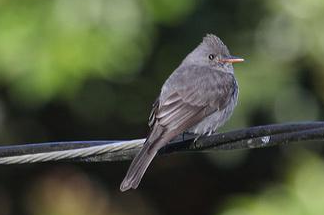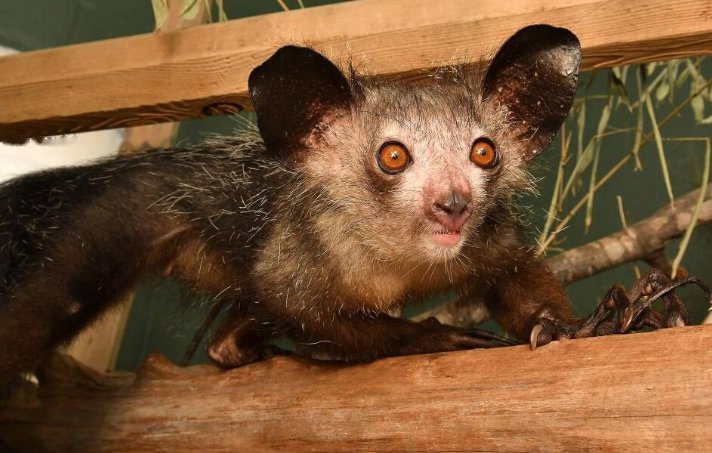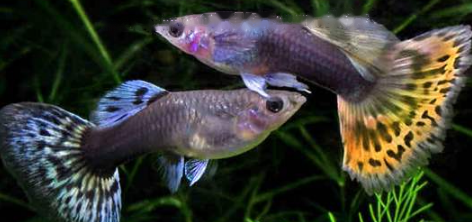However, due to natural disasters, human activities and other factors, the number of Spotted Turtles native to Canada continues to decline. At present, it has been included in the Convention on International Trade in Endangered Species of Wild Fauna and Flora (CITES) - Appendix II, and the World Conservation Union Red List of Threatened Species (IUCN 2010 ver 3.1) - Endangered (EN) middle. Below, the editor will introduce the star water turtle, which is a simple popular science for friends who don't know it.
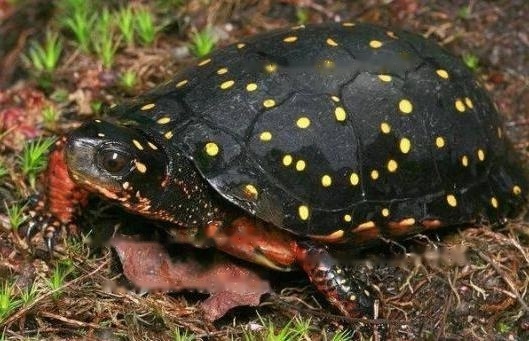
1. Basic information
1. Chinese name: Spotted Turtle
2. English name: Spotted Turtle
3. Aliases: Spotted Turtle, Spotted Turtle, Yellow-spotted Rock Turtle
4. Kingdom: Animalia
5. Door: Chordate
6. Class: Reptiles
7. Subclass: Turtles and Turtles
8. Order: Turtles
9. Turtles
10, Family: Turtle family
11, Genus: Aquatic genus
12, Distribution: North America, America, Canada
13. Lifespan: about 40 years
14. Personality: Timid
2. Morphological characteristics
1. Overall: elliptical shape.
2. Body size: 10~13cm in length and about 0.5kg in weight.
3. Head: The head is medium in size, black in color, with small yellow spots on the top, side and neck. The snout is blunt, the upper bill is hooked, and the eyes are relatively large.
4. Carapace: The carapace is black with small yellow spots on it.
5. Plastron: The plastron is pale yellow, with large black patches on each scutellum.
6. Limbs: The limbs are black with small yellow spots, the ventral surface is orange, there are no webs between the toes, the forelimbs have 5 claws, and the hind limbs have 4 claws.
7. Tail: The tail is medium in size, gray-brown in color, and orange-red on the ventral surface near the plastron.
III. Differences between males and females
The male star-spotted water turtle has a black lower jaw, a longer tail, and a cloacal hole farther from the rear edge of the plastron; The female's lower jaw is yellowish, the tail is short, and the cloacal orifice is closer to the rear edge of the plastron.
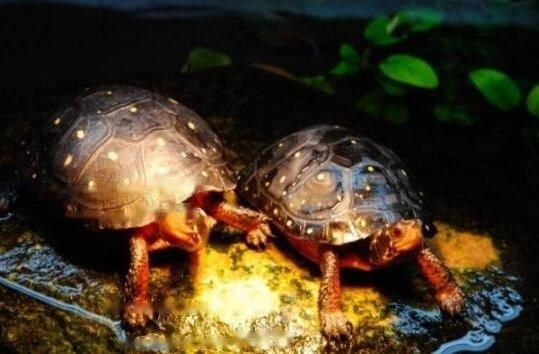
1. Diet: The star turtle is omnivorous, preferring to eat tender aquatic plants, small fish and shrimps, grasshoppers, snails, earthworms, crickets, etc.
2. Habitat: Spotted water turtles are semi-aquatic turtles and like to live in moist woodlands, slow-flowing streams, ponds inhabited by beavers, etc., especially on soft bottoms and some aquatic vegetation.
3. Appropriate temperature: Spotted water turtle likes warmth and fears cold, and is very sensitive to changes in ambient temperature. The optimum living temperature is between 25 and 30 °C. Below 18°C, they will be less active, and below 15°C will enter a state of hibernation.
Okay, about the introduction of the star water turtle, the editor will talk about this today. After reading, if you have anything you want to share, you can leave a message below~
![[Original] Sharing of popular science knowledge of ringed map turtles](/static/img/11249/11249_1.jpg)



